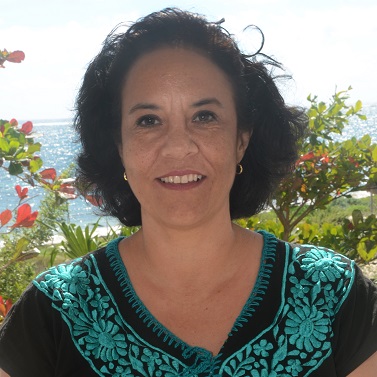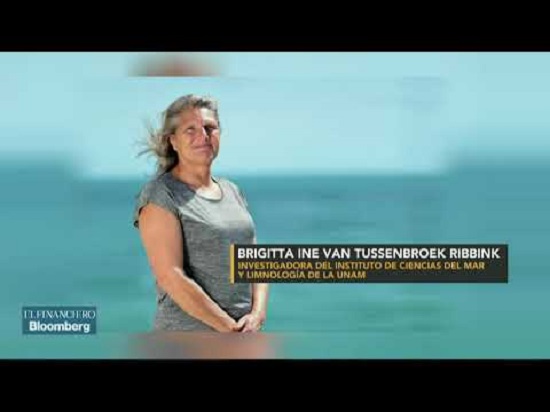Dr. Brigitta Ine van Tussenbroek, researcher at the Puerto Morelos Arrecifal Systems Academic Unit of the Institute of Marine Sciences and Limnology of the UNAM, said that the sargassum situation in the Caribbean Sea is very serious, as the spot now extends along the eastern and northern coasts of the Yucatan Peninsula.
The expert, a doctor in biology and ecology of seagrass and macroalgae by the University of Liverpool, forecasted the massive arrival of sargassum to the Mexican Caribbean six months ago, based on studies from the University of Florida.
“If the situation is similar to that of 2018, the damage to the ecosystem and the tourism industry will be severe,” said Dr. Ine van Tussenbroek.
“We have no idea of the capacity of resilience of the environment before this event, the amount of this type of organic matter is growing exponentially; the biogeochemistry of the systems is changing completely, “Dr. Brigitta added.
“To mitigate this phenomenon requires more joint efforts involving the different nation’s governments: in addition to research, a scientific comprehensive initiative is necessary to establish the most efficient ways to collect the sargassum in the open sea without harming the ecosystem “, said the researcher, who insisted that the phenomenon is still underestimated, despite its magnitude. It has turned into a dangerous natural plague.
On the possibility that the sargassum stain spreads all over the coasts of the Yucatan Peninsula , Dr. Ine van Tussenbroek, said that the possibility is wide, but that it depends on the local atmospheric conditions, such as the trade winds, which is carrying the sargasso to the beaches of the region.
Science professor Gabriela Gómez Rodríguez, a researcher at the Institute of Geography of the UNAM, advised that with the help of the National Observation Laboratory of the Earth, the massive advance of sargassum could be followed up.
“With the satellite information, it could be processed and distributed to give early warnings to the areas that would be affected, in order to take action, and to the entities that study macroalgae,” said the scientist.

Rosa Elisa Rodríguez Martínez, researcher of the Sistemas Arrecifales de Puerto Morelos
The teacher Rosa Elisa Rodríguez Martínez, researcher of the Sistemas Arrecifales de Puerto Morelos, is dedicated to the development of databases on the volume of sargassum that reaches the coasts of Quintana Roo coast.
Rodríguez Martínez stated that in September 2015, 2,500 cubic meters of sargassum were found per kilometer of beach; while in 2018, 45,000 cubic meters per kilometer of beach were found in Puerto Morelos, we are talking about an increase of almost 200%.
The Yucatan Times Newsroom



